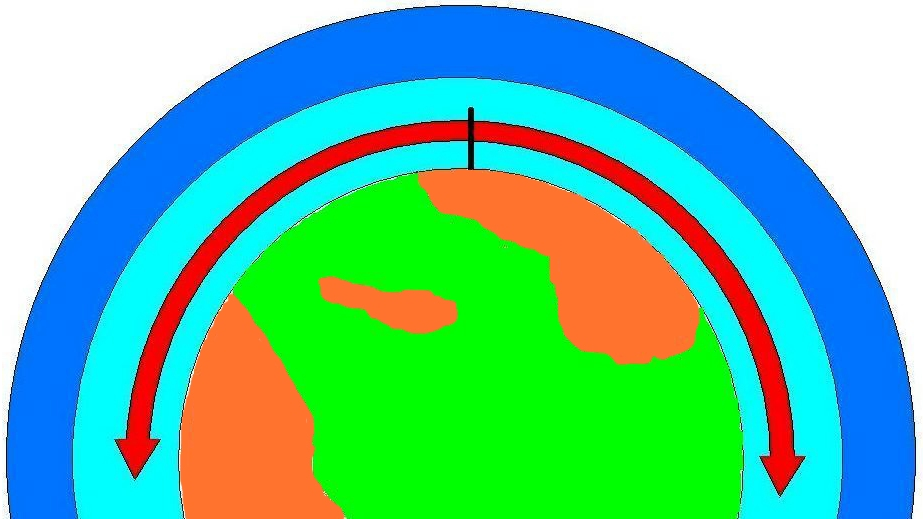
HF News
A fast solar wind caused some disruption last week, often sending the Kp index up to five, with many three-hour periods in excess of four.
The solar wind speed was in the 600-700 km/s range, which caused a moderate (G2) geomagnetic storm and visible aurora at higher latitudes mid-week. Glancing CMEs that left the Sun on April 9th bring a small chance of enhanced geomagnetic activity at the end of this week (11th-13th).
Meanwhile, the solar flux index declined slightly from a high of 184 on April 5th to 167 on Thursday the 10th. There have been quite a few C-class solar flares, but only two M-class flares and no X-class events over the past seven days.
This geomagnetic activity has taken its toll on HF propagation, with lower critical frequencies at times and lower MUFs. This, coupled with the start of a change to Summer ionospheric conditions, has meant that MUFs over a 3,000km path have often struggled to get past 19.7MHz at times.
I think we have probably seen the best of the long-range 10-metre propagation until the Autumn. But we will have sporadic E and its associated short skip from next month to make up for it.
Next week NOAA predicts that the SFI will fall further, perhaps to 135-140 by the 15th. Geomagnetic conditions are also likely to improve with a Kp index of 2-3 forecast for the period after the 14th. We may expect more problematic geomagnetic conditions, with a predicted Kp index of four, from the 21st to the 24th.
VHF and up
The long spell of fine settled weather and strong Tropo is leaving us for a while, starting this weekend, and the high pressure is giving way to slow-moving areas of low pressure with cloud and rain for the coming week.
Although it won’t rain all the time it will be considerably wetter than recent weeks, with some heavy spells of rain at times and good prospects for rain scatter on the GHz bands. It is possible there could be some thunder in the heavier rain, so its now the season to be aware of lightning risk.
The meteor scatter prospects are staggering towards the April 22nd Lyrids, which peak on Tuesday of the following week, so we’re still probably relying on random activity for most of next week, but with improving chances.
The solar conditions, as mentioned in the previous section, have been feeding in low-level auroral activity and it remains a good time of the year when some effective auroral conditions can appear – so stay alert to the state of the Kp index, just in case.
The good news at this time of the year is that Sporadic-E will eventually make an appearance, usually on 10m or 6m and quite often first picked out on the digital modes. It will be into late April before we need to get too excited about this, but there is no harm in getting a set of beacons in mind for tracking an opening.
Remember the main characteristic of Es is that it starts on the lower frequencies, like 10m and works up through 6m to 4m and then finally 2m in a high summer opening.
EME path losses are at their maximum at apogee on Sunday evening (the 13th) and Moon declination is negative and falling further. Moon windows will continue to shorten with peak elevation reaching only eight degrees at the end of next week. 144MHz sky noise starts the week low, but increases next week to more than 2300 Kelvin on Friday.
